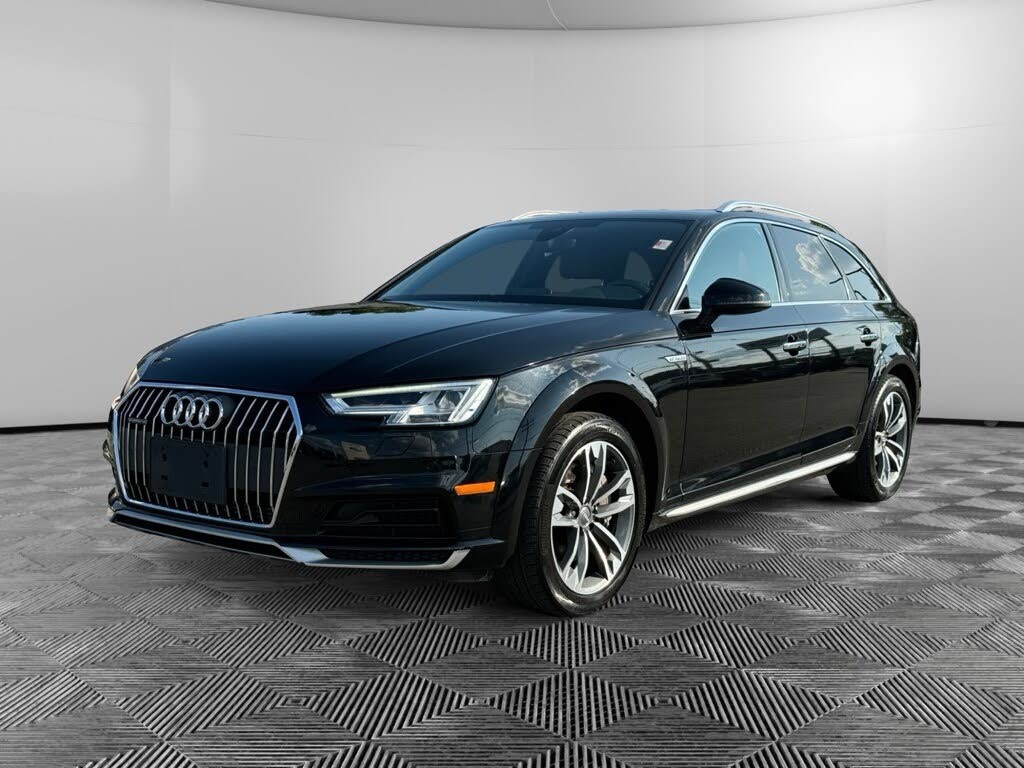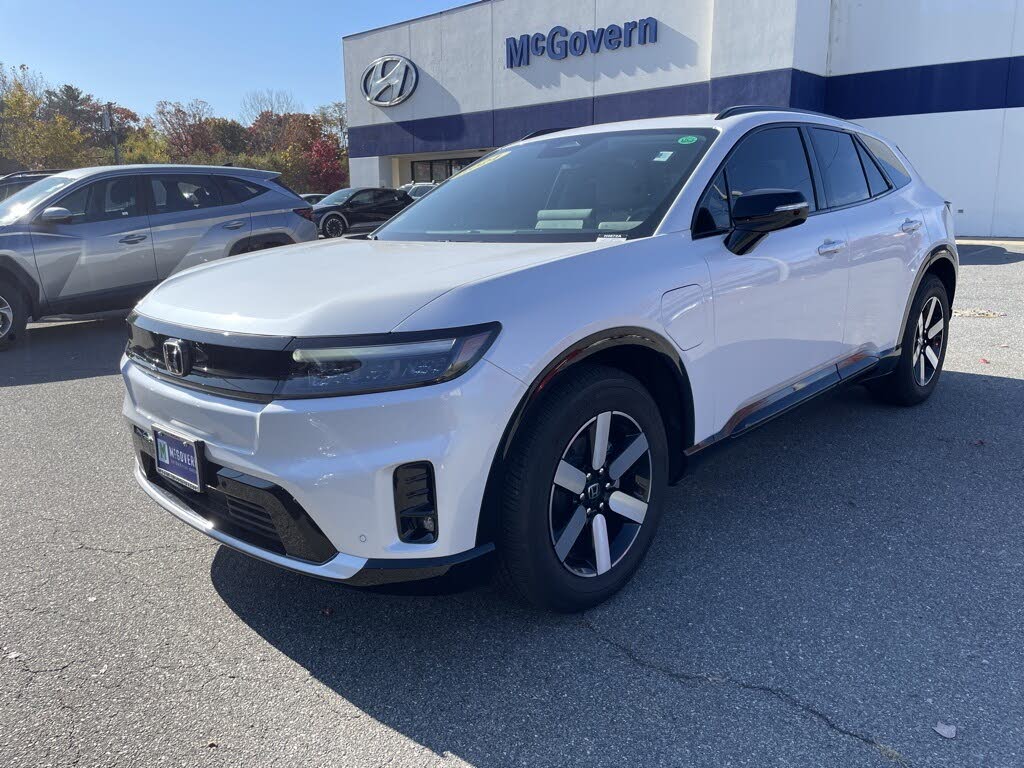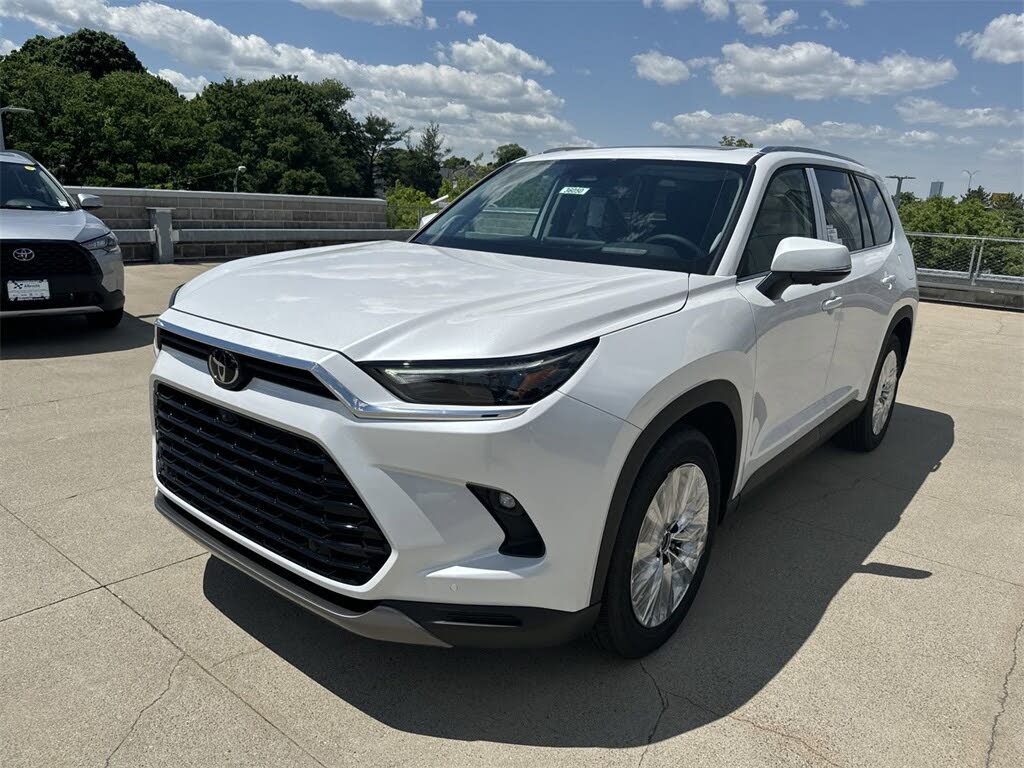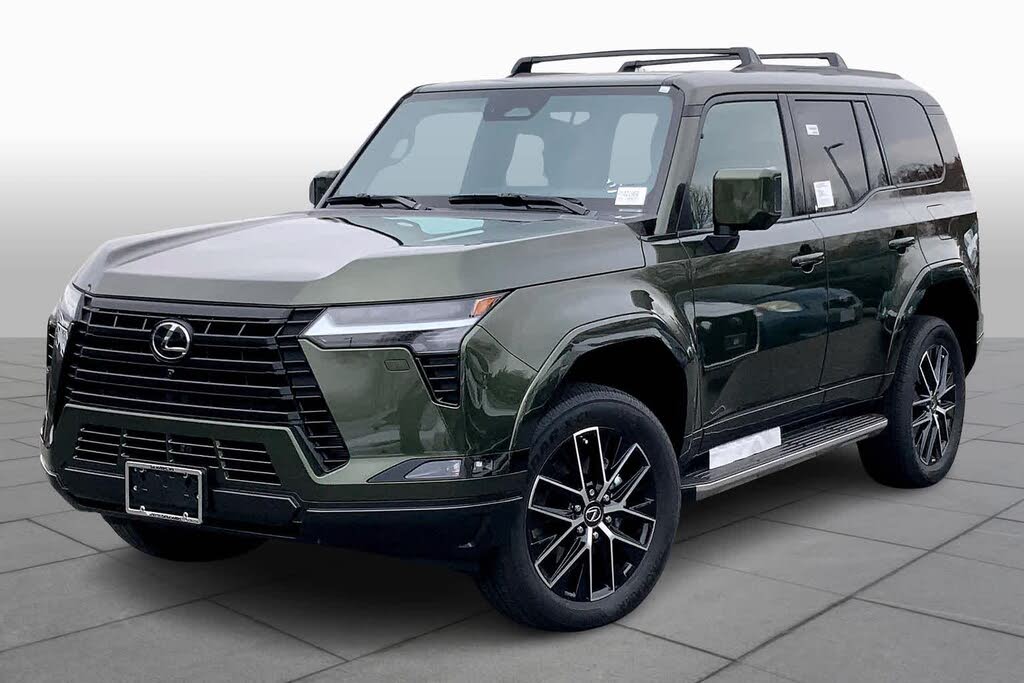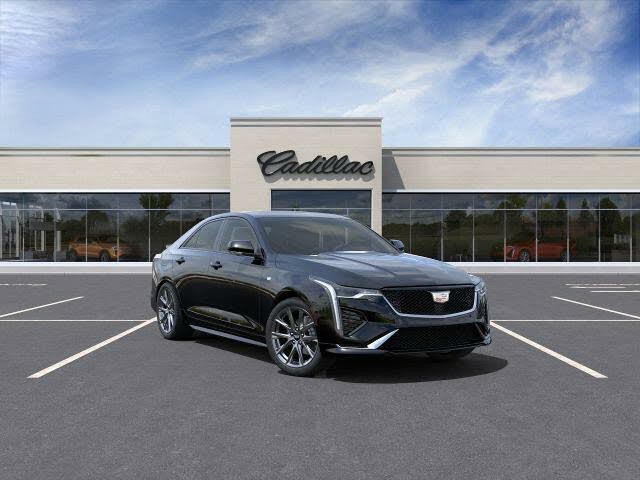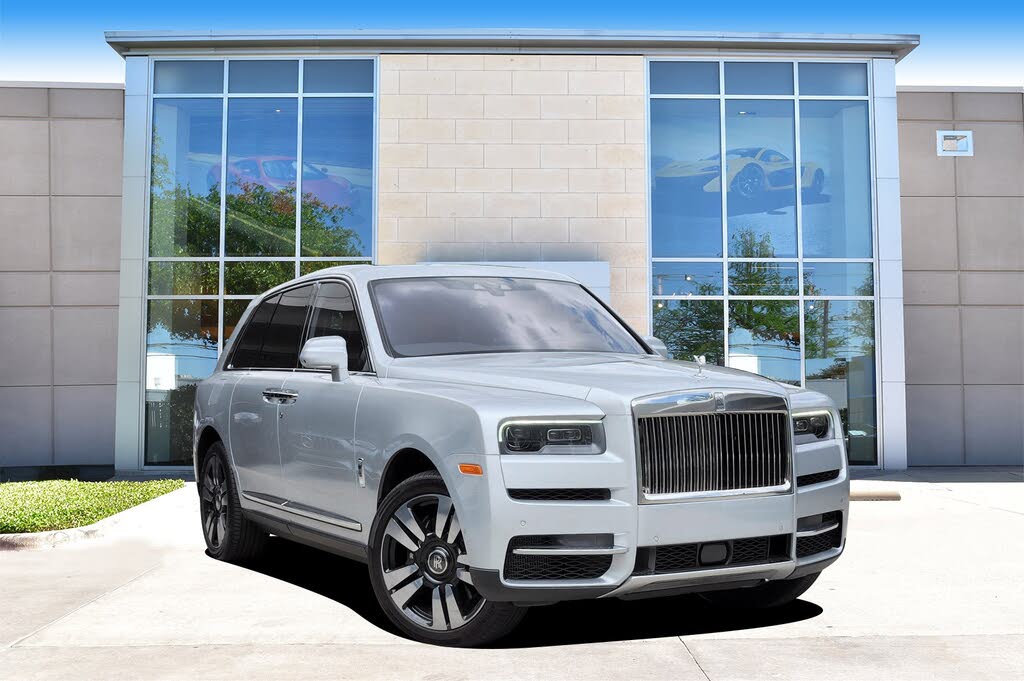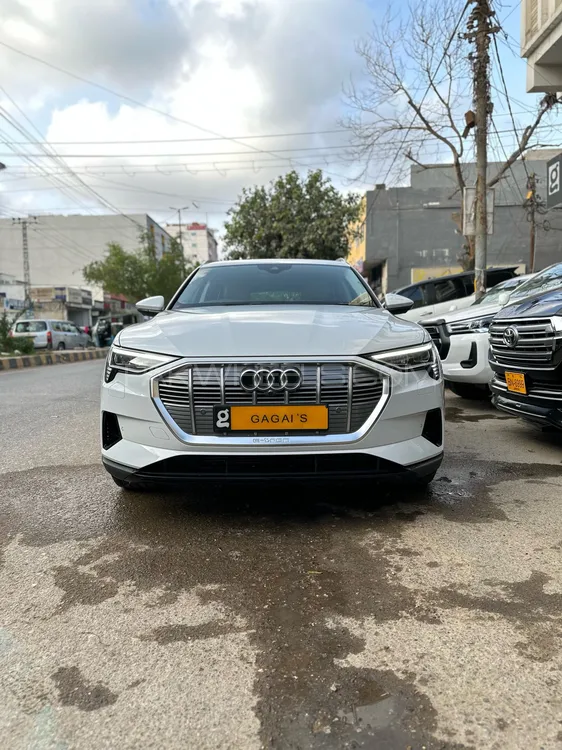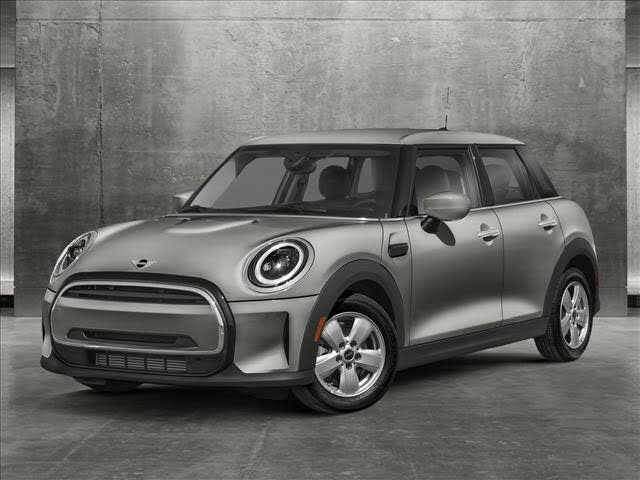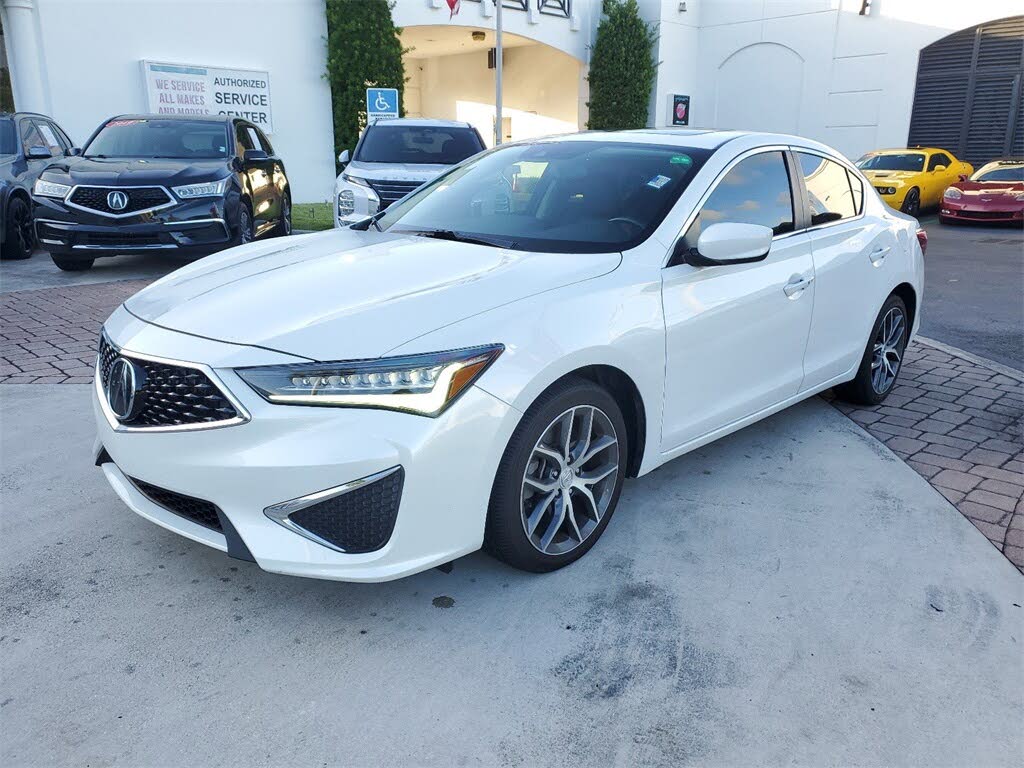Home > News & Blogs > Top 5 CES Auto Trends This Year That Are Shaping the Future of Driving
Top 5 CES Auto Trends This Year That Are Shaping the Future of Driving
Revolutionizing the Road: Top Automotive Tech from CES
Introduction
The Consumer Electronics Show (CES) in Las Vegas is a global stage for unveiling groundbreaking technologies. While many concepts showcased at CES remain futuristic, several automotive innovations are poised to transform the driving experience in the near future. From AI-enhanced infotainment systems to holographic dashboards, here’s a deep dive into the top automotive technologies from CES that are set to hit the roads soon.
AI-Enhanced Infotainment Systems
Automakers like Hyundai and Mercedes-Benz are leading the charge in integrating AI into their vehicles’ infotainment systems. Hyundai’s Intelligent Personal Agent, for instance, functions similarly to Apple’s Siri or Amazon’s Alexa but is tailored for the automotive environment. It recognizes individual drivers, syncs with their calendars, and provides reminders for upcoming meetings or appointments.
Mercedes-Benz’s MBUX (Mercedes-Benz User Experience) takes this a step further by understanding natural language commands. For example, saying “Hey Mercedes, I’m cold” prompts the system to adjust the cabin temperature. These AI-driven systems are not just about convenience; they aim to create a more personalized and intuitive driving experience.
--TOP ADVERTISEMENT HERE--
Siri, Alexa, and Google Assistant Integration
Rather than developing proprietary systems, many automakers are integrating existing voice assistants like Apple’s Siri, Amazon’s Alexa, and Google Assistant into their vehicles. Toyota announced that Alexa would be available in select Toyota and Lexus models, enabling drivers to control smart home devices, play music, and access navigation seamlessly.
BMW has also embraced this trend, incorporating Alexa into its 2018 models. This integration allows drivers to stay connected and productive while on the road, bridging the gap between home and vehicle ecosystems.
Vehicle-to-Vehicle (V2V) and Vehicle-to-Everything (V2X) Communication
One of the most promising advancements in automotive technology is V2V and V2X communication. Ford has emerged as a leader in this space, committing to making all its vehicles V2X-capable by 2019. This technology enables cars to communicate with each other and their surroundings using cellular networks, enhancing safety and navigation.
For instance, V2X can alert drivers to potential hazards around corners or adapt to changing weather conditions. This real-time communication is a critical step toward creating smarter, safer roads and reducing accidents.
--FIRST CONTENT ADVERTISEMENT HERE--
Biometric Security for Vehicles
Biometric security is making its way into the automotive industry, thanks to innovations from companies like Gentex. Their technology uses iris recognition to authenticate drivers, similar to Apple’s Touch ID. A rear-view mirror equipped with an iris scanner can identify the driver and automatically start the vehicle.
This technology not only enhances security but also adds a layer of convenience, eliminating the need for traditional keys or key fobs. As biometric systems become more sophisticated, they could play a pivotal role in preventing car theft and unauthorized use.
Holographic Displays and Augmented Reality
Holographic technology is no longer confined to science fiction. BMW’s HoloActive Touch, showcased at CES, features a free-floating hologram that allows drivers to interact with virtual controls. Similarly, WayRay’s Navion system transforms the windshield into an augmented reality dashboard, displaying real-time data like speed and navigation directions.
These innovations aim to reduce driver distraction by providing essential information in a visually intuitive manner. With aftermarket versions expected soon, holographic displays could become a standard feature in modern vehicles.
--SECOND CONTENT ADVERTISEMENT HERE--
The Road to Autonomous Driving
While fully autonomous vehicles remain a few years away, CES highlighted significant progress in this area. Automakers and tech companies are collaborating to develop advanced driver-assistance systems (ADAS) that pave the way for self-driving cars. Features like adaptive cruise control, lane-keeping assist, and automated parking are becoming more sophisticated, bringing us closer to a future of hands-free driving.
Conclusion
The automotive technologies unveiled at CES represent a glimpse into the future of driving. From AI-powered infotainment systems to holographic displays, these innovations are making vehicles smarter, safer, and more enjoyable to drive. As these technologies become mainstream, they will redefine our relationship with cars and transform the way we navigate the world.

motorvero013
Last Updated On Apr, 02-2025
